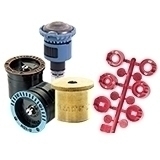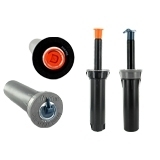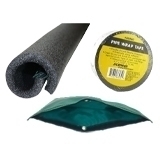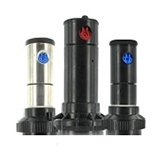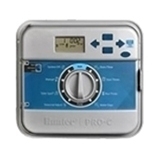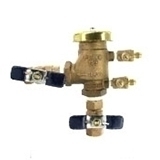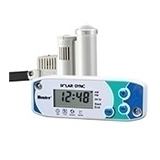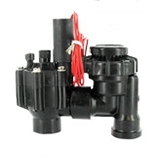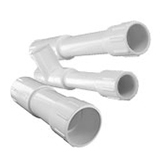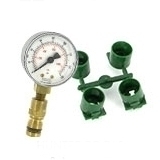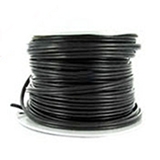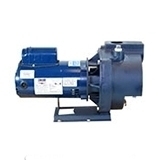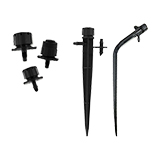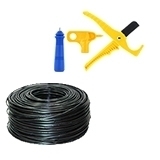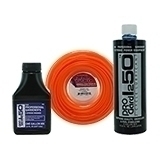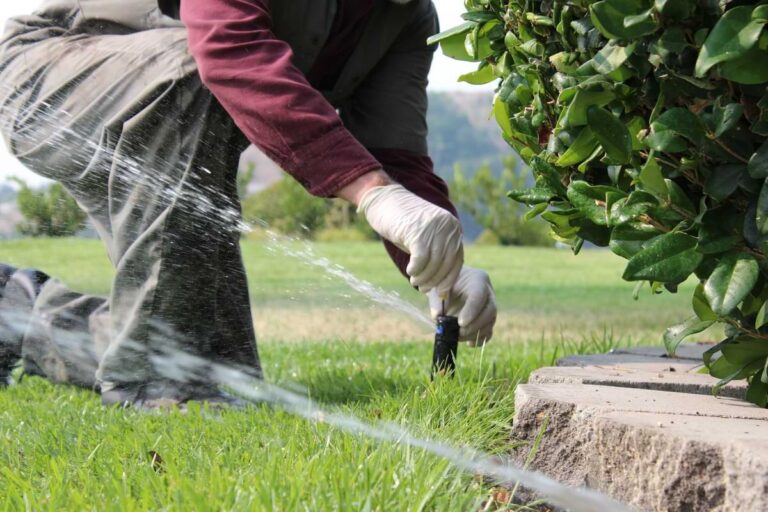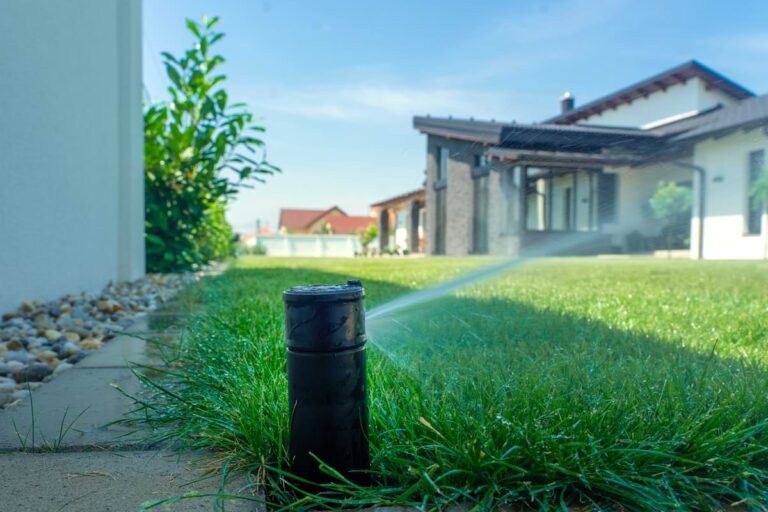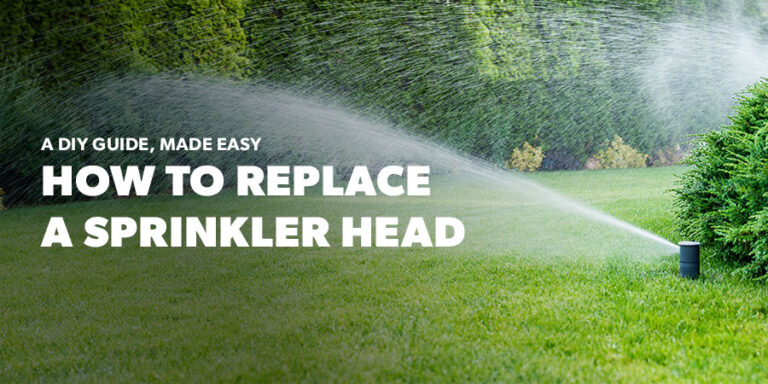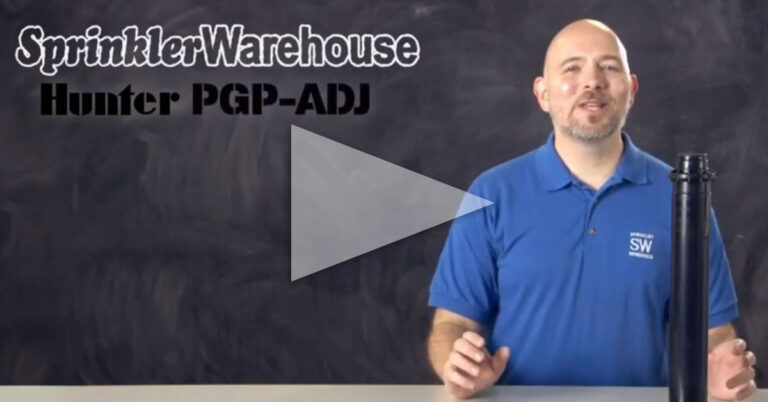Table of Contents
A healthy lawn depends on consistent, even watering—but when a sprinkler head won’t spray, dry patches or puddles can appear fast.
Whether it’s one stubborn head or a whole zone acting up, the issue usually comes down to something simple: clogs, pressure problems, or mechanical wear. Here’s how to troubleshoot and fix it before your grass takes the hit.
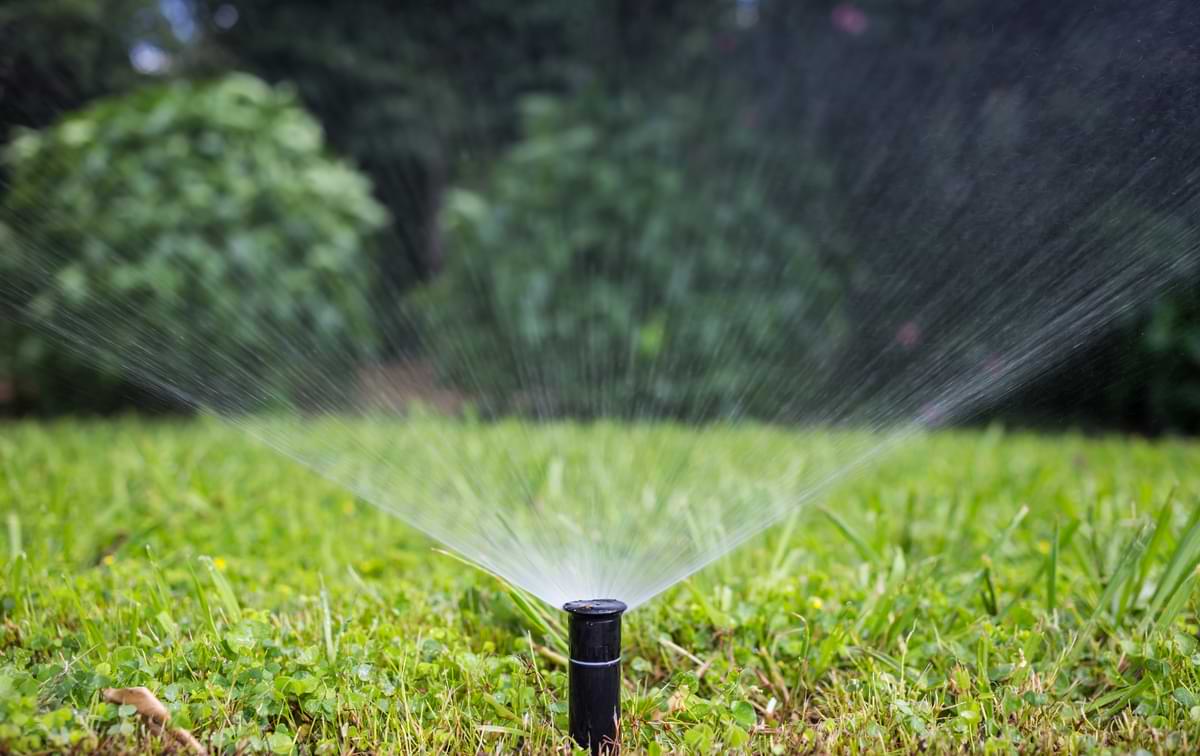
How to Repair a Sprinkler Head Not Spraying in 5 Steps
When your sprinkler head stops spraying, it can throw your entire watering schedule off balance. The good news? Most sprinkler problems are easy to fix with a little inspection and basic maintenance.
From clearing clogs to adjusting pressure, here’s how to get your sprinkler heads back to peak performance in just five simple steps.
Step 1: Check for Obstructions
The most common cause of a sprinkler head not spraying is a blockage. Dirt, grass clippings, or debris can easily clog the nozzle or filter screen.
If cleaning doesn’t help, the nozzle itself might be damaged and may need replacing. Here’s how to check.
- Turn Off the System: Always shut off water pressure before inspecting.
- Remove the Nozzle: Unscrew the top of the head and take out the screen filter.
- Clean the Parts: Rinse them under running water or soak them in vinegar to dissolve mineral buildup.
- Reassemble and Test: Once clear, reinstall and run the system to see if the spray returns.
Step 2: Inspect for Damage or Misalignment
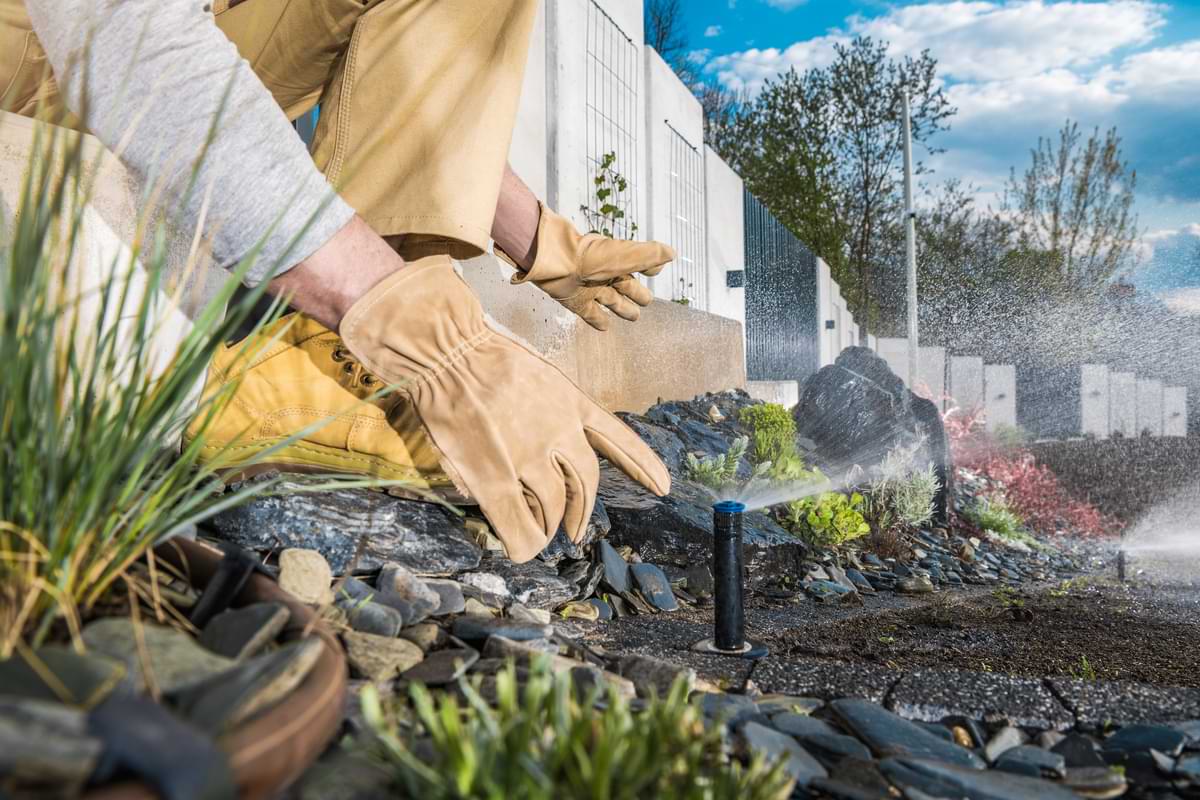
Sprinkler heads endure a lot—lawn mowers, foot traffic, and even pets. A cracked body or tilted spray head can disrupt water flow.
- Look for Cracks or Leaks: Replace broken housings; they can waste water and reduce pressure.
- Straighten the Head: If it’s tilted, it might spray into the ground or air instead of your lawn. Adjust so it’s level with the soil.
- Check the Seal: A worn or missing seal can cause low pressure or uneven spray patterns.
Step 3: Evaluate Water Pressure
If multiple heads in one zone seem weak, the issue could be water pressure. Too little pressure and heads won’t pop up or spray correctly; too much and they might mist or overshoot.
- Turn On One Zone at a Time: See if pressure improves when fewer heads are active.
- Inspect the Valves: A partially closed or malfunctioning valve can restrict flow.
- Check for Leaks: Hidden underground leaks can dramatically drop pressure.
If pressure remains inconsistent, it may be time to install a pressure regulator or consult a professional for system balancing.
Step 4: Replace or Upgrade the Sprinkler Head
Sometimes, even with perfect pressure and a clean nozzle, the head just won’t perform like it used to. Wear and tear over time can affect spray range and distribution.
- Replace Old Heads: Choose models compatible with your system brand and nozzle type.
- Consider Upgrading: Newer heads offer better water efficiency and adjustable spray patterns, helping you save on water bills and maintenance.
Step 5: Schedule Regular Maintenance
Most sprinkler issues can be prevented with simple seasonal checks. A consistent maintenance routine keeps your system efficient, extends its lifespan, and ensures your lawn stays evenly watered year-round.
- Spring Startup: Flush the system each spring to clear out debris and buildup from winter.
- Routine Cleaning: Clean nozzles monthly during heavy use to maintain consistent spray patterns.
- Zone Inspection: Inspect zones regularly for leaks, low pressure, or uneven coverage before small issues become costly repairs.
Repair Sprinkler Heads to Keep the Water Flowing
When a sprinkler head won’t spray, don’t panic—it’s often an easy fix. A little troubleshooting can restore even coverage and protect your investment in a healthy lawn.
Regular cleaning, inspection, and timely replacement ensure your irrigation system keeps running smoothly all season long.
FAQs for How to Repair a Sprinkler Head Not Spraying
Why is my sprinkler head not spraying?
A sprinkler head may not spray due to clogs, low water pressure, damage, or misalignment. Checking for debris, leaks, or tilted heads usually identifies the issue. Regular inspection and cleaning help prevent recurring problems.
How to tell if a solenoid is bad on a sprinkler?
A bad solenoid often prevents the valve from opening or closing. Test by manually activating the valve—if it works manually but not electrically, the solenoid likely needs replacement. Replacing a faulty solenoid is usually a simple and inexpensive fix.
Can I use WD-40 on sprinkler heads?
No, WD-40 is not recommended for sprinkler heads. It can damage rubber seals and plastic parts. A silicone-based lubricant keeps components moving smoothly without causing harm.
If you want to stay up-to-date on the latest Sprinkler Warehouse news and make the most of all of our one-of-a-kind promotions, join the Irri-Gator community today. Happy watering, Irri-Gators!


